By Lefteris Kakalis and Lina Grimpylakou
This weekend we devoted our mornings to birding around the island. On Saturday (2/4), we woke up at 6:00am and went straight to the marshes of the Kalloni Salt Pans. A flock of Glossy Ibises (Plegadis falcinellus) was a surprise, with the birds feeding just in front of us!!!


Our next stop was at the SW corner of the Kalt Pans where a wader species’ parade took place despite their low numbers. Six species were present: Black-winged Stilt (Himantopus himantopus), Ruff (Philomachus pugnax), Wood Sandpiper (Tringa glareola), Green Sandpiper (Tringa ochropus), Marsh Sandpiper (Tringa stagnatilis) and Little Ringed Plover (Charadrius dubius), at close distances from our car.


After the end of the wader’s parade, we made a choice to leave back the Kalloni Pans and drive straight to our bird paradise at Agra’s upland. Our choice was proven absolutely right, since a male Cinereous Bunting (Emberiza cineracea) was singing in front of our eyes at the first hundred meters from Agra village before reaching our location.

We stayed for more than four hours there and we observed the majority of the breeding species. We located 5 singing Cinereous Bunting males, 8 breeding pairs of Isabelline’s Wheatear, 3 singing Cretzshmar’s Bunting males, 9 Black-eared Wheatear pairs, 2 Northern Wheatear males, a pair of Sombre Tits, a singing Eastern Orphean Warbler, Woodlarks, Crested Larks, Stonechats, Corn Buntings, Cirl Buntings etc.




BUT the highlights of the area came from the Agra’s lowlands where a migrating male Rock Thrush (Monticola saxatilis), a pair of Chukar Partridge (Alectoris chukar), an adult Long-Legged Buzzard (Buteo rufinus) and a Peregrine Falcon (Falco peregrinus) were observed.


We finished birding and taking photos at 12:25.
On Sunday (3/4) we woke up at early morning again and went to observe the Kruper’s Nuthatches (Sitta krueperi) in the pine forest. We manage to locate a breeding pair at 7:30am. The pair was busy on its reproductive duties, since the female was incubating and the male feeding her.

We didn’t spend much time to pine forests birds and we drove to Polychnitos area. On the way from Lisbori village to the Polychnitos saltpans we had our second surprise of the weekend, a Masked Shrike (Lanius nubicus) on shrublands mixed with olives groves.

In Polychnitos saltpans we came at close contact with a male Subalpine Warbler (Sylvia cantillans).

Finally we wanted to finish our birding to the Nyfida’s Cretzchmar’s Bunting Kingdom, a place where the species is the “leader” of the bird community during the breeding season. We had superb views of the species but not the last, since we observe the elusive Ruppell’s Warbler, a pair of Sardinian Warblers, many Stonechats, Corn Buntings, Crested Larks, Black-eared Wheatears, Linnets etc.






Totally 80 different species were observed (a high number if we consider that we didn’t spend much time at the wetlands) and we managed to get good photographs for the 31 of them doing the most basics: birding from dawn to midday, staying inside the car most of the time (an exeption was the 20 min search for the Kruper’s nuthach), binoculars or the camera lenses were the only things outside the car’s windows in order to avoid disturbance, driving at low speed at the secondary road network of Lesvos countryside, locating the birds mostly by sound, especially in densely vegetated areas.

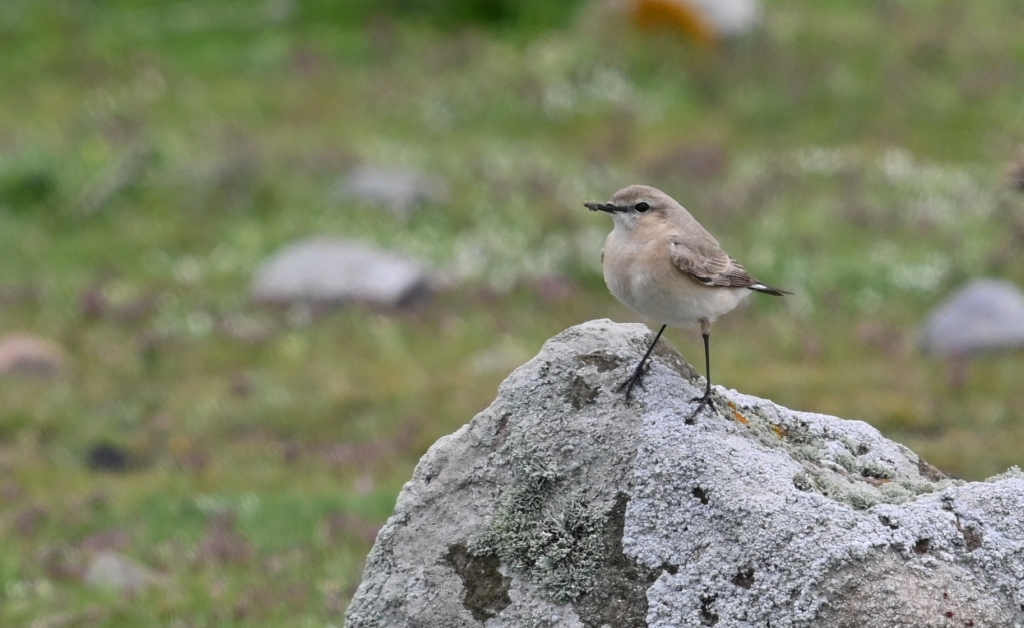
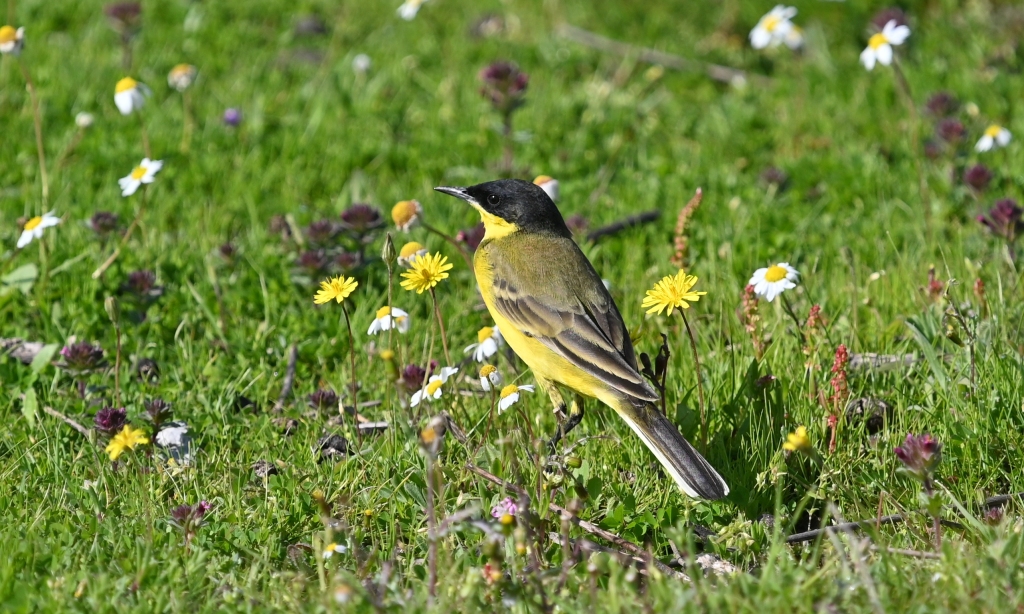
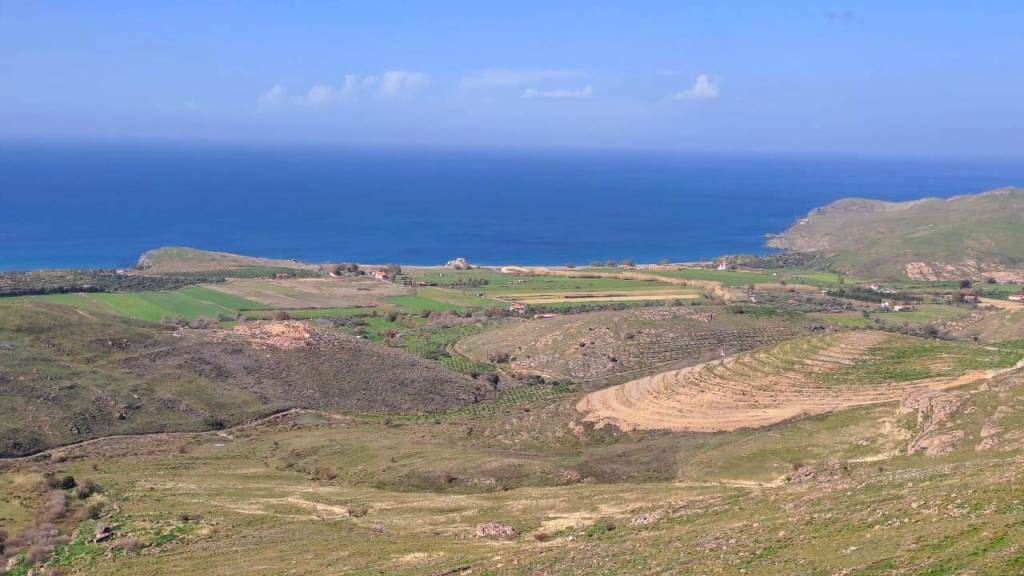
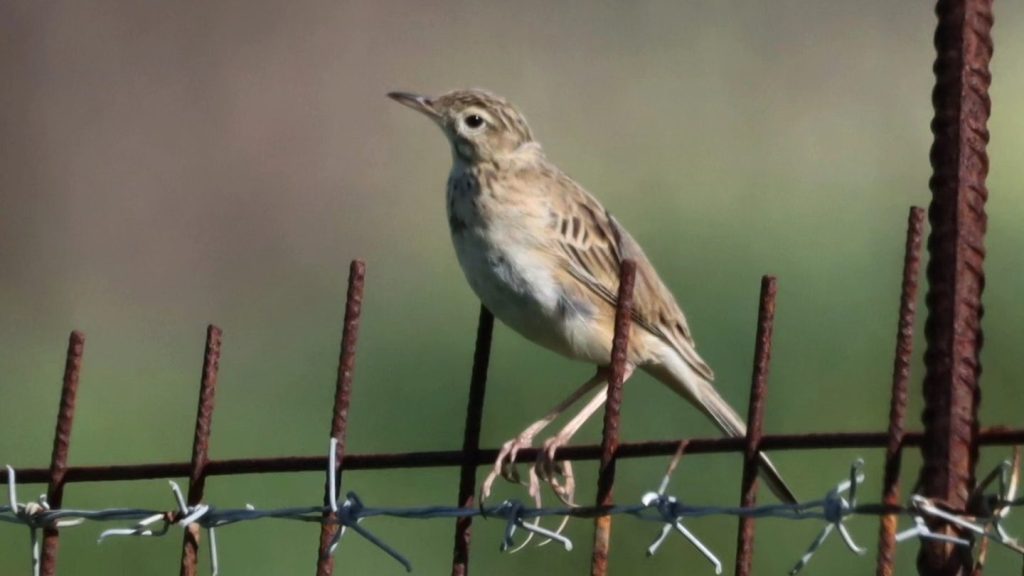
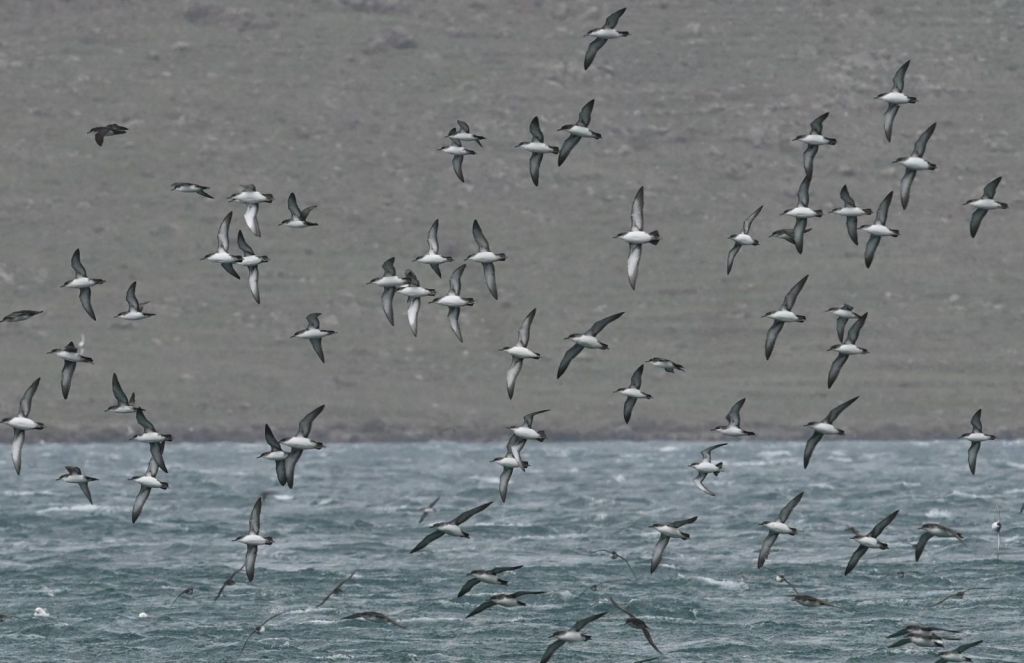
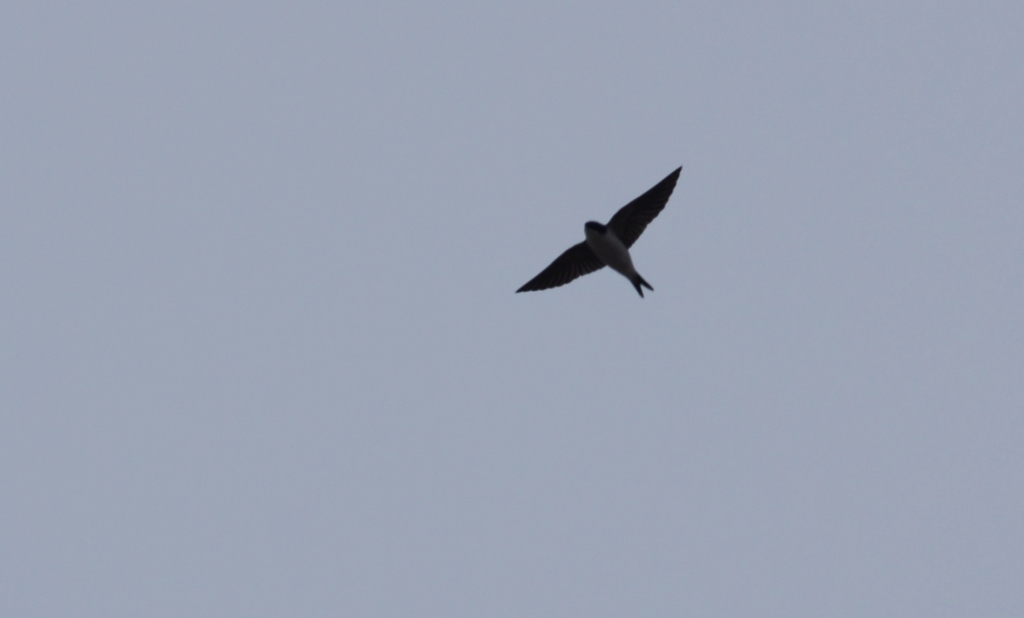
Leave a comment